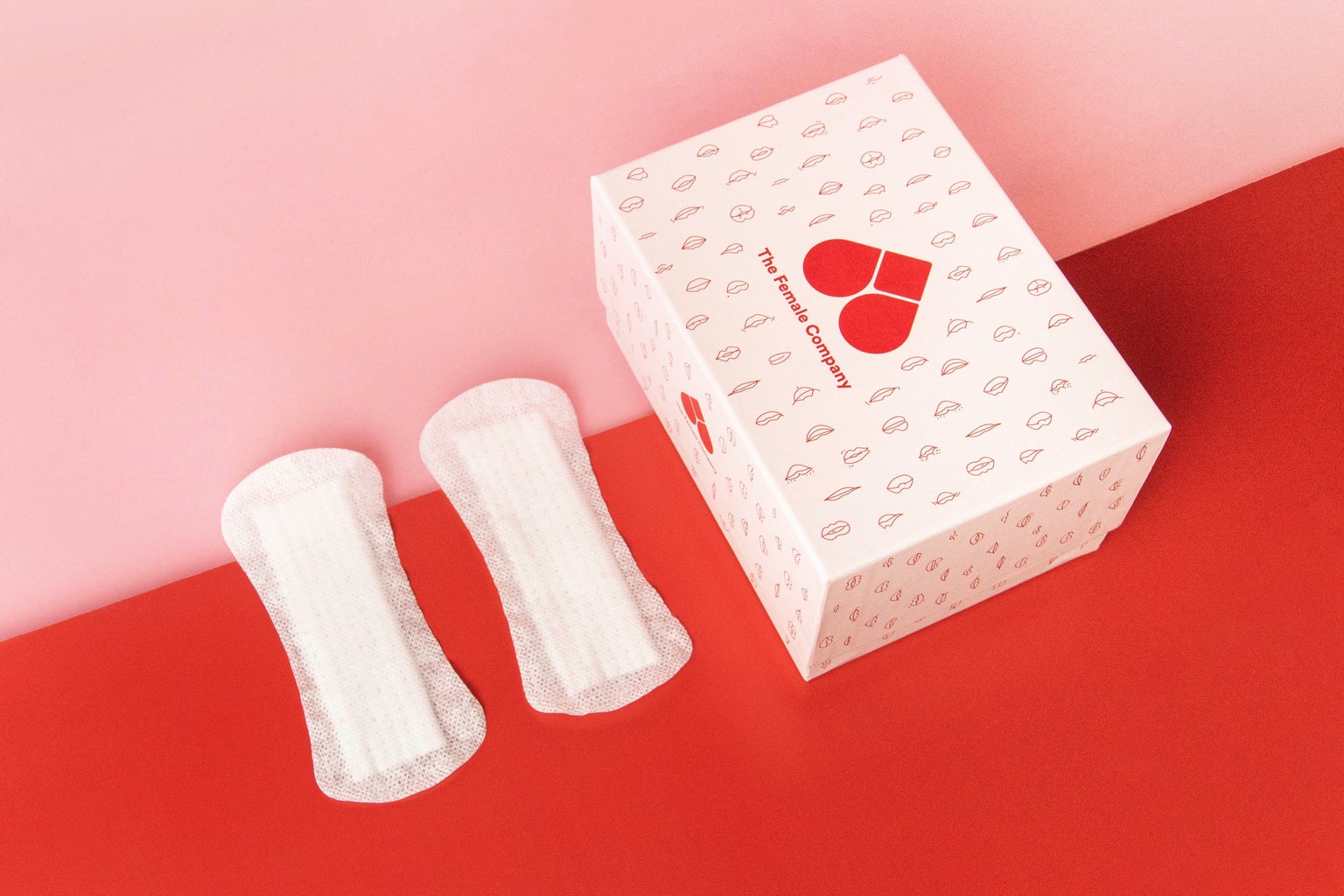To my people with periods: it’s time we talked about menstrual cups. In the world of menstruation products, cups get a bad rap, seen either as intimidating or outdated. In reality, menstrual cups are one of the safest, most comfortable, cost-effective and environmentally-friendly options for handling your period. One cup can last you about six to eight years, keeping hundreds of tampons and pads out of landfills, and you can wear your cup for upwards of twelve hours without feeling a thing–if inserted correctly. If you’re considering making the switch to a cup (or are new to menstrual cup usage), here are some tips to make the transition as smooth as possible.
Be ready for a learning curve
In all honesty, inserting a cup is not easy at first and takes some practice to figure out what technique is best for your body. Research different folding techniques and watch some introductory videos to get a feel for where the cup should be when correctly inserted. Pro tip: if you can feel it, it’s not in correctly (or it could be the stem–see #2!). Don’t worry. It really isn’t as hard as it may sound; I was intimidated at first, but it only took me a few tries to finally get the hang of it.

Don’t be afraid to trim the stem
When I was first putting in my menstrual cup, I was following the directions and knew I was putting it in right, but I still felt a painful pressure on my pelvic floor. The culprit turned out to be a too-long stem; after clipping it almost completely off, the cup finally sat comfortably inside my vagina. The stem itself is almost entirely unnecessary–it just makes finding your cup when removing a bit easier–so don’t fear to remove it completely.
Pinch when removing
Menstrual cups work by creating a suction, so if you just pull it out without pinching the base to release the suction, it will hurt. When pinching the base, you should feel or even hear the cup release, and then you can just pull it out (I suggest pulling at an upward angle for the most comfortable removal).
Be prepared for blood–a lot of it
I’ll be honest: if blood makes you squeamish in the slightest, a menstrual cup is not for you. Of course, it depends on how heavy your flow is, but you will have to pour out and rinse a bloody menstrual cup and put that cup back into your vagina by hand. You will experience blood, and it can get messy. Containing the mess becomes easier the more you do it, but it is not for the faint of heart.
Remember to change your cup
While this is a problem you could face when using tampons, I’ve found it easier to completely forget to change my menstrual cup than tampons. It’s because cups are far more comfortable and last much longer without leakage than tampons do. However, if you do forget to remove it, you will leak. If you have a bad memory like me, I suggest setting a reminder or alarm while menstruating to keep everything nice and clean.
Menstrual cups can sound scary, intimidating or even gross. I know, I had the same thoughts myself before actually trying it. Now that I’ve made the switch, however, I would never go back. My best advice to anyone with a period is to just try it. You can find cheaper options if you’re more hesitant at first, then upgrade to a higher-quality, more expensive cup if need be. I promise, you won’t regret it.



